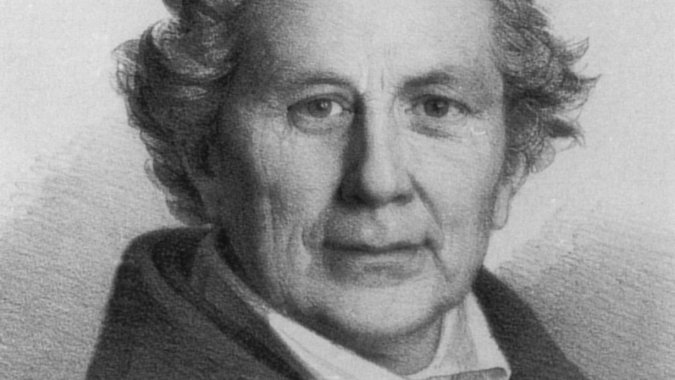Listed about 325 thousand stars: Who is Friedrich Argelander?
Argelander has prepared the basis of important developments in astronomy by starting this comprehensive catalog and also starting such joint work.

(1799-1875) German astronomer. He prepared a sky horse covering the positions and power of the stars in the northern hemisphere of the sky.
Friedrich Wilhelm August Argelander was born on 22 March 1799 in the Mammal city of East Prussia (Klaipeda in Lithuania). He became a student of German astronomer Bessel at the University of Königsberg in Prussia (Kaliningrad). After a while, he went to Finland in 1823, Âbo (Turku), and in 1832 he was the ruler of the Helsinki Observatory. In 1837, he was appointed as the leader of Bonn Observatory and then as the chairman of the Post at Bonn University. He died on February 17, 1875, in Bonn.
Friedrich Wilhelm August Argelander (22 March 1799 – 17 February 1875) was a German astronomer. He is known for his determinations of stellar brightnesses, positions, and distances.
One of Argelander's significant contributions to astronomy is that it systematically examined the stars for their brightness for the first time and developed a system to detect the power. The stars whose brightness changes are valuable with these features to provide a better understanding of the qualities of the stars and the distance of the star groups. The first of the variable stars were observed in 1596 by the German astronomer Johannes Fabricius. Argender, with his detailed work, became one of the astronomers who developed this issue in the 19th century. In order to carry out this research, he compared the power of the stars to the main groups. Thus, nine main Kadir groups, which were divided into three sub-subsidies among themselves, were identified. This system, which has the opportunity to place tens of thousands of stars in certain Kadir groups, was based on visible perception since the photometer has not yet been developed. ARGELERDER has managed to prepare an important star catalog with this subjective system that lacks physical explanations.
Argender began to prepare the Star Catologist in 1844. This important work, consisting of a three-volume catalog and a forty-map sky atlas, is the product of a 25-year study. Bonner Durchmusterung, briefly known as BD, indicates the position of the 324,188 stars in the galaxy, which is located in an area extending from the north sky pole to the south of the sky equator.
Argender and their assistants Schönfeld and Kruger stabilized the 7.6 cm diameter telescope of Bonn Observatory in order to prepare the celestial atlas, and the Yıldızlan Regional area of the lens entered the area of view due to the rotation movement of the Earth. Even though a subjective method was based on the identification of the power, the catalog of publications between 1859-1862 was more comprehensive and reliable than previous studies. In 1863, additional maps and information were published. Argender, in the meantime, wanted to expand this work within the framework of a program where observations were to be identified on four continents through the astronomische Gillschaft (Astronomy Association) he founded. As a result of the cooperation that began in 1867, the catalog was expanded by watching the stars in the southern hemisphere of the sky. Astronomische Gesellschaft continued his work in this direction after Argender's death.
